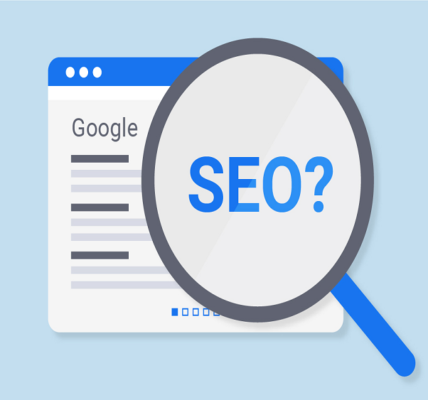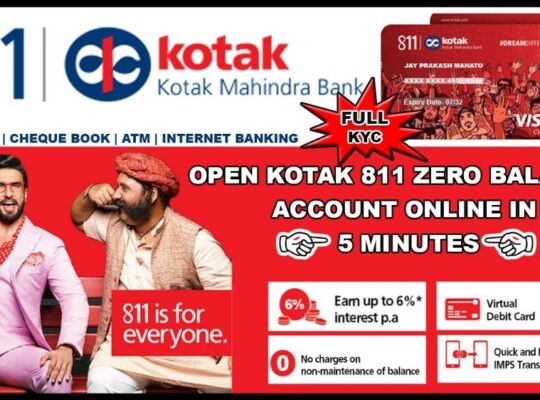1. The fundamentals of the digital marketing strategy
To develop an effective digital marketing strategy, it is crucial to understand the concepts and key elements of this discipline. A digital marketing strategy encompasses all the marketing actions deployed on digital media and channels. These actions are put in place to achieve specific objectives, such as brand awareness, customer acquisition, loyalty, lead generation, or even increased sales. The online communication channels used to deploy a digital marketing strategy include, among others, the website, social networks, e-mailing, natural referencing (SEO), paid referencing (SEA) and online advertising. .
To build a solid digital marketing strategy, it is important to define clear and realistic objectives, in line with the overall objectives of your business. These objectives must be measurable and quantifiable, in order to allow you to evaluate the performance of your strategy and adjust your actions accordingly. In addition, it is essential to know your market, your competitors and your positioning well to determine the actions best suited to your context and your resources.
2. Digital marketing strategy: audience analysis and segmentation
An effective digital marketing strategy starts with a thorough analysis of the target audience. It is essential to know and understand the needs, expectations, buying behaviors and preferences of your potential customers. The creation of personas, representing your ideal customers, is a crucial step in identifying the segments of your audience and adapting your digital marketing strategy accordingly.
To perform this analysis, use data sources such as market research, demographic data, information from social networks, customer surveys, navigation statistics and purchase data. By segmenting your audience, you will be able to personalize your communication and offer offers adapted to each category of customers, thus maximizing the impact of your digital marketing strategy.
3. Creation of quality content optimized for SEO
The content must also be part of a search engine optimization (SEO) approach. SEO optimization involves the judicious use of the main keyword, “digital marketing strategy”, and its synonyms, as well as work on tags, meta-descriptions and URLs. Structuring your content, with clear and relevant titles and subtitles, will also make it easier for search engines to read and index your pages. Consider including relevant internal and external links to build credibility for your content and improve navigation on your site.
Vary content formats to capture your audience’s attention and drive engagement: blog posts, infographics, videos, podcasts, white papers, and more. The choice of formats must be adapted to your target and the objectives of your digital marketing strategy. For example, a young, connected audience might be more receptive to visual and interactive formats such as videos and stories, while a professional audience might favor more informative and in-depth formats, such as blog posts or books. whites.
4. Use of social networks to reinforce the digital marketing strategy
Social networks are powerful tools to develop your brand awareness and support your digital marketing strategy. Each platform has its specificities and attracts different audiences. It is therefore essential to choose the most relevant social networks for your target and to adapt your presence according to the particularities of each platform.
Create content tailored to each platform and encourage engagement with your audience by offering interactive posts, responding to comments, sharing company news and organizing online events, such as contests or live streams. Social media is also a great way to humanize your brand and create a stronger connection with your customers. Feel free to show behind the scenes of your business, share testimonials from satisfied customers or highlight your employees to create a feeling of closeness and trust with your audience.
5. Implementation of an effective e-mailing strategy in digital marketing
E-mailing is an essential communication channel as part of a digital marketing strategy. To get the most out of it, start by collecting and managing the email addresses of your prospects and customers in compliance with applicable regulations, such as GDPR. It is important to have a qualified and segmented database to carry out targeted and effective e-mailing campaigns.
Build personalized and segmented email campaigns based on the interests and behavior of your audience. E-mailing scenarios can vary depending on your objectives: acquiring new customers, promoting products or services, reviving abandoned carts, retaining existing customers, etc. The automation of your e-mailing campaigns, thanks to marketing automation tools, will allow you to gain in efficiency and responsiveness, by triggering the sending of e-mails according to specific events (registration to a newsletter, birthday, cart abandonment, etc.).
It is also important to regularly analyze the performance of your email campaigns (open rate, click rate, conversion rate, etc.) and adjust your strategy accordingly. A/B testing can help you identify the elements of your email that work best (subject, design, content, call-to-action, etc.) and optimize your campaigns for better results.
6. Using online advertising to boost digital marketing strategy
Online advertising is a powerful lever to increase the visibility of your brand and complete your digital marketing strategy. There are many online advertising formats: display, search, video, native advertising, etc. You can use advertising platforms such as Google Ads , Facebook Ads or Instagram Adsto show your ads. To optimize your advertising campaigns, track the performance of your ads (click-through rate, cost per click, conversion rate, etc.) and adjust them according to the results obtained and your budget. Test different formats, creatives and messages to identify the most effective elements and improve your campaigns over time. Online advertising also offers opportunities for remarketing, allowing you to target people who have already interacted with your brand or visited your site, in order to encourage them to return and take an action (purchase, registration, download, etc.).










